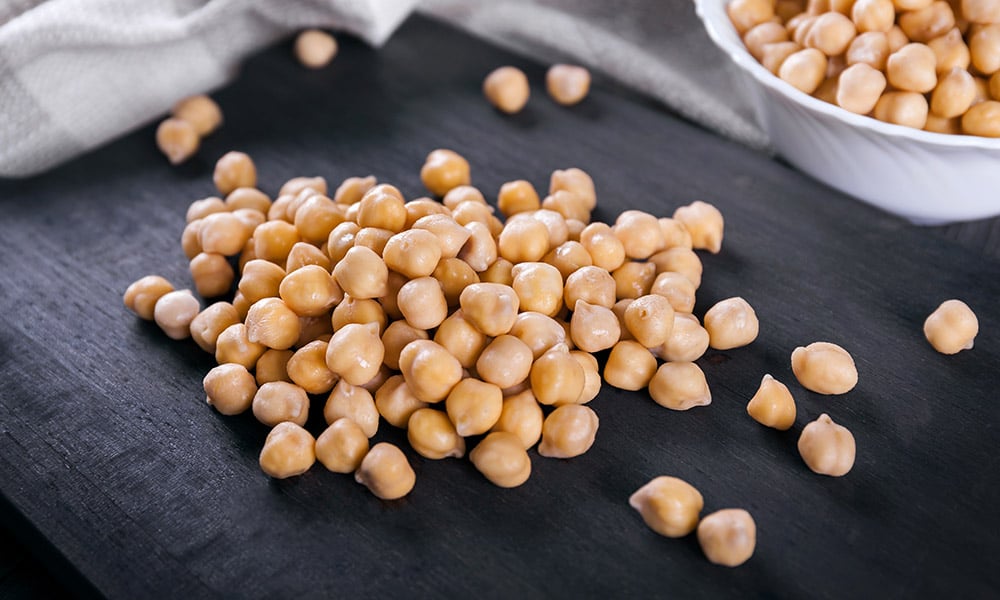Real Food Basics
What to Do with Chickpeas – Real Food Basics
Chickpeas are a good source of protein and fiber, and can help control blood sugar, improve digestion, and protect against heart disease.

Chickpeas are a good source of protein and fiber, and can help control blood sugar, improve digestion, and protect against heart disease.
If you have IBS or other intestinal problems however, you want to be careful with eating chickpeas. Also, chickpeas are not a part of a paleo diet since paleo excludes all legumes, including chickpeas. There are lots of people though who eat paleo-inspired, but add some “easier to digest” legumes like lentils and chickpeas, grass-fed organic dairy in moderation, and pseudo-grains like quinoa and buckwheat.
I do eat chickpeas, but I don’t eat them every day. Preferably you want to start from raw chickpeas and soak them before cooking them, but I do at some points buy the already made chickpeas as a healthier fast food option when we haven’t planned ahead to cook chickpeas ourselves. Here’s how we soak and cook chickpeas:
- Use raw, unsprouted chickpeas that haven’t been prepared yet in any way.
- Place chickpeas in a bowl or pot and cover with water. Let them soak for 12-24 hours. Rinse the chickpeas and replace the water after 12 hours.
- Rinse and replace the water once more and cook on the stove for 1.5-2 hours on low heat.
- Store in fridge and use within 4 days of cooking, or divide up in smaller containers and place in freezer to use in cooking at a later time.
I usually soak and cook larger batches of chickpeas at a time and then freeze in smaller portions so I always have some available to make hummus out of, or to add chickpeas to a stew, soup, stir fry, or salad.
What to make with chickpeas: